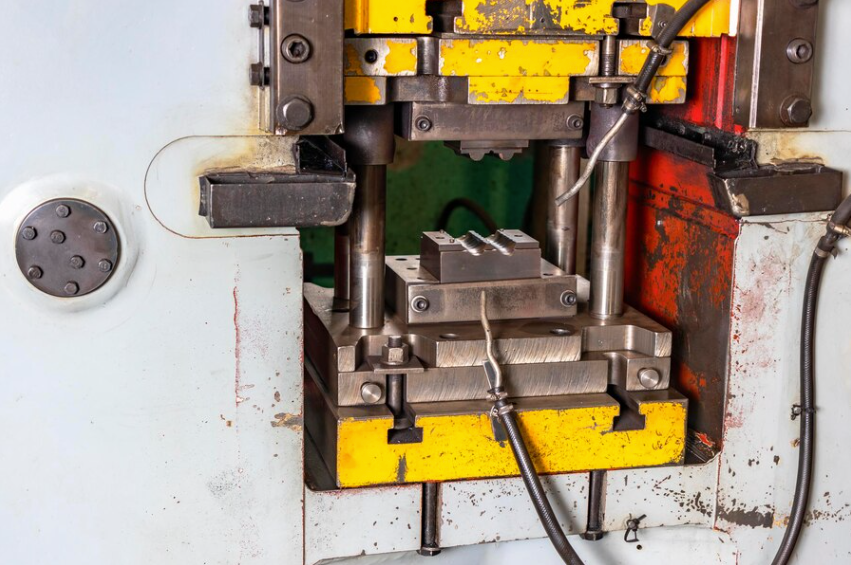What is precision metal stamping?
Precision metal stamping is a technique that converts flat metal sheets into highly complex engineered parts. These metal parts find application in equipment used in industries like consumer electronics, automotive, aerospace, etc.
Precision stamping is an industrial manufacturing process that uses machinery with dies like progressive dies or single stroke dies. The choice of dies depends on the metal part design. For simple design single-stroke die may be enough, while complex design require progressive dies.
Progressive dies to transform the flat sheet metal into custom-designed metal parts and perform more than one metal stamping process like punching, notching, trimming, blanking, flanging, coining, etc.
Applications of Precision Metal parts
The demand for precision metal parts expands to more than just one industry. Some notable applications are in the following industries where there is a need for high-volume production of complex products with high design flexibility and tight tolerances.
- Aerospace
- Automotive
- Consumer Electronics
- Agriculture
- Medical electronics
Tools used for Precision Metal Stamping
Selecting the right toolset is the key to creating high-quality precision parts. The stock strip layout and design decide the tools for the precision metal stamping process. Here the designer curates a strip layout and sets the tolerances and other characteristics like dimensions, feed orientation, etc.
Progressive die set machines enable maximum precision and high repeatability for complex designs. The secondary processing usually involves heat treatment to increase the strength and durability of the metal part. Another secondary process includes grinding, which ensures high surface quality for the finished precision metal parts.
Advantages of precision metal stamping
Precision metal stamping handles precise metal parts. With recent advancements, it can run on cutting-edge automated processes. It means the overall precision metal stamping process is:
- Cost-efficient: Automated systems mean less manual labor, that ultimately reduces costs. It also increases production levels. It means it produces more at a reasonable rate.
- High in producing consistent quality parts: Precision metal stamping is designed to produce highly precise metal parts at high speeds. The final product is accurate and close to the design.
The precision metal stamping technique can offer these advantages only if:
- Prototype designs are accurate and correct to the specifications. It ensures minimal error in the final product.
- Die is designed keeping the material characteristics into consideration. It is because each material reacts differently when exposed to pressure and heat during the stamping process.
- The precision technique is suited for the metal part. Choosing the precision stamping techniques requires expert knowledge and experience to create high-quality precision metal stamped parts.
Conclusion:
The precision metal stamping industry is worth USD 42.5B. The technique is effective for producing metal parts of specialized machinery, industrial equipment, and consumer electronic products. Since accuracy is of great importance in deciding the functional ability of the precision metal parts, choosing the right precision metal stamping partner is critical. The partner must have expertise in picking up the right precision metal stamping dies and technique to create high-quality products.

